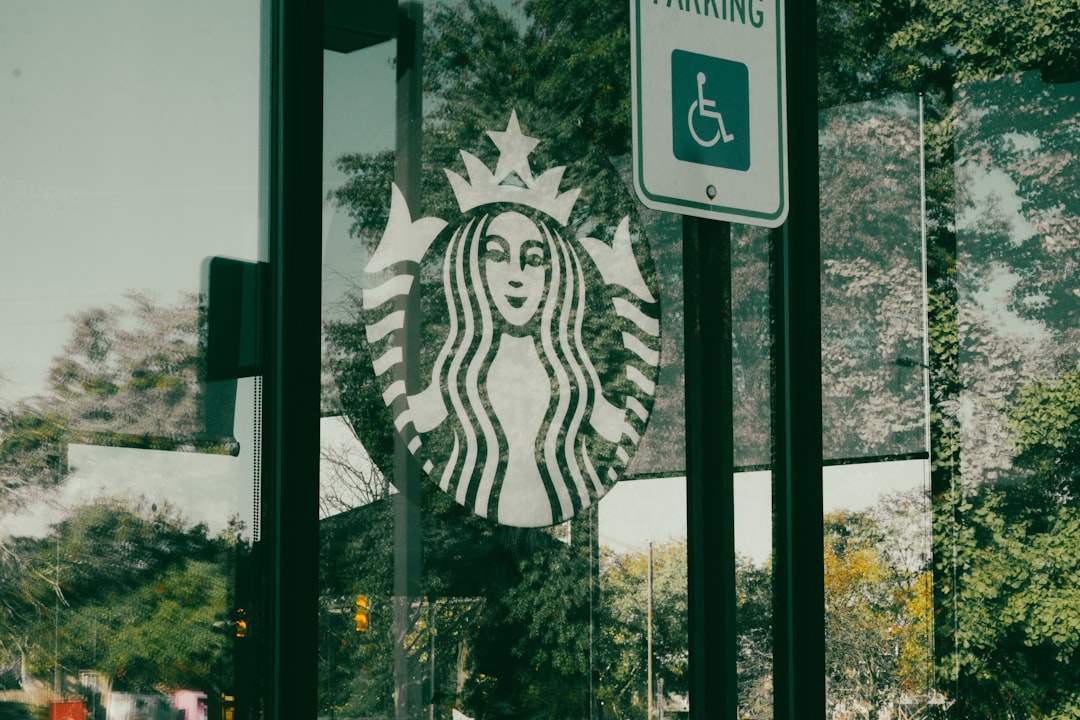Open Concept Living Spaces

Open concept living rooms and kitchens once felt like the answer to every modern homeowner’s dreams. But recent surveys, including one from Zillow in early 2025, reveal a surprising shift: 42% of homebuyers now prefer at least some separation between spaces. The pandemic taught many of us the value of private nooks and quiet corners. Kids on Zoom, parents working from home, and everyone craving a bit of privacy—open floor plans just don’t cut it anymore. Designers are reporting more requests for sliding doors, room dividers, and even half-walls to bring back a sense of separation. This move toward “broken-plan” living is a direct response to our changed lifestyles. If you’re planning a remodel, it might be time to rethink that wide-open space.
All-White Kitchens

The all-white kitchen was everywhere for the past decade, but in 2024, Houzz reported that searches for “colorful kitchens” jumped by 55%. White cabinets, white quartz, white subway tile—suddenly, it’s all feeling a bit sterile and high-maintenance. Spills and stains show up instantly, and the need to constantly wipe down surfaces is wearing thin. Designers and homeowners alike are turning to warm woods, deep greens, and playful blues to add personality. The National Kitchen & Bath Association even predicts that by 2026, less than a quarter of newly remodeled kitchens will be entirely white. Color, texture, and contrast are the new must-haves.
Formal Dining Rooms

Formal dining rooms are quickly becoming an endangered species in American homes. According to a 2024 report by the National Association of Home Builders, only 22% of new single-family homes included a separate dining room, down from 38% a decade ago. Most families simply don’t use them for daily meals, preferring eat-in kitchens or flexible spaces that double as work or play areas. The formality and wasted square footage just aren’t practical. Many homeowners are knocking down walls or repurposing these rooms into home offices, playrooms, or libraries. The trend toward casual, multifunctional spaces is making the traditional dining room feel like a relic.
Garden Tubs

Those oversized soaking tubs, once the crown jewel of master bathrooms, are losing their appeal fast. A 2024 survey by the American Institute of Architects found requests for large bathtubs have dropped by 34% in new home designs. Most people simply don’t have the time (or water budget) for regular soaks. Instead, buyers want spacious, spa-like showers with seating, multiple jets, and steam options. Garden tubs take up valuable space and are often seen as difficult to keep clean. Water conservation concerns and the practicality of quick showers are driving this shift. Expect to see more luxurious showers and fewer giant tubs in the years ahead.
Granite Countertops

Granite was once the gold standard for kitchen countertops, but now it’s being edged out by quartz, porcelain, and even recycled materials. The 2025 Kitchen Trends Report from Remodeling Magazine notes that quartz countertops now outpace granite 2-to-1 in new installations. Quartz is less porous, easier to clean, and available in a wider range of colors and styles. Granite’s heavy speckling and high-maintenance needs just aren’t as appealing to today’s homeowners, who want something sleek and simple. Eco-conscious buyers are also looking for surfaces made from recycled glass or concrete, pushing granite further out of favor.
Carpeted Bathrooms

It’s almost shocking that carpeted bathrooms were ever a thing, but in the 1970s and even into the 2000s, they were surprisingly common. Now, this trend is nearly extinct for obvious reasons: mildew, mold, and endless cleaning headaches. According to the National Association of Realtors, less than 3% of homes listed in 2025 featured carpet in any bathroom. Modern buyers are looking for tile, stone, or even waterproof luxury vinyl that’s easy to clean and resists moisture. Carpet is seen as a hygiene risk, and it’s a dealbreaker for younger buyers who prioritize clean, spa-like spaces.
Popcorn Ceilings

Popcorn, or textured, ceilings were a staple in mid-century homes, but they’ve become a major turn-off for today’s buyers. A 2025 survey by Realtor.com found that 49% of buyers would expect a significant price reduction if a home still had popcorn ceilings. Not only do they date a home instantly, but they also trap dust and can contain asbestos in older properties. Removing them is messy and costly, but for many homeowners, it’s worth it for the clean, modern look. Smooth ceilings with subtle lighting or architectural detail are quickly replacing the bumpy, outdated style.
Brass Fixtures

Shiny brass fixtures—think doorknobs, faucets, and cabinet pulls—were everywhere in the 1980s and ‘90s, but they’re fading fast. Design experts from Architectural Digest noted in early 2025 that matte black, brushed nickel, and antique brass are now far more popular. The high-shine look feels dated and makes it harder to blend with today’s more relaxed, mixed-metal rooms. Homeowners are swapping out the old hardware for more subtle, timeless finishes that feel current but won’t go out of fashion as quickly. The move is driven by a desire for versatility and understated elegance.
Sunken Living Rooms

Sunken living rooms, or “conversation pits,” were once the height of retro cool, but they pose real challenges for accessibility and safety. The Universal Design Living Laboratory notes that demand for step-down spaces has fallen by over 40% in the past five years. Tripping hazards and difficulties for anyone with mobility issues have made these features undesirable in modern homes. With more multigenerational households, buyers want spaces that are safe for everyone. Level floors are easier to furnish, clean, and adapt as needs change, making sunken rooms a thing of the past.
Built-In Desks and Computer Nooks

Remember the little desk tucked into the corner of the kitchen, often piled high with mail and school forms? These built-in desks are disappearing as laptops and wireless devices let us work anywhere. A 2024 Home Technology report found that only 9% of new homes included a designated computer nook, down from 28% in 2010. Today, flexible workspaces, portable tables, and even mobile charging carts are the norm. Families want to reclaim that square footage for pantry space, mudrooms, or larger islands. Technology has truly changed how—and where—we work at home.
Heavy Window Treatments

Thick drapes, valances, and ornate curtains used to be a sign of elegance, but now they’re mostly seen as dust collectors. A 2025 survey by Home Decor News found that 61% of young buyers prefer simple, light-filtering shades or blinds. Natural light and minimalist style are in, while heavy fabrics feel fussy and dated. Easy-to-clean roller shades and airy linen curtains are replacing the old layers of brocade and velvet. Energy-efficient and smart shades are also gaining popularity, making it easier to control light and privacy without the bulk.
Wall-to-Wall Carpeting in Living Areas

Wall-to-wall carpeting, especially in living rooms and family spaces, is on the decline. The Carpet and Rug Institute reported in 2024 that hard flooring options like engineered wood, LVP (luxury vinyl plank), and tile now account for 72% of new home installations. Carpeting can trap allergens and stains, making it less appealing to families with pets or allergies. Area rugs offer warmth and comfort without the maintenance headaches. Today’s buyers want the option to swap out styles as trends change, and hard floors offer that flexibility. The era of plush, permanent carpet is quickly coming to a close.






